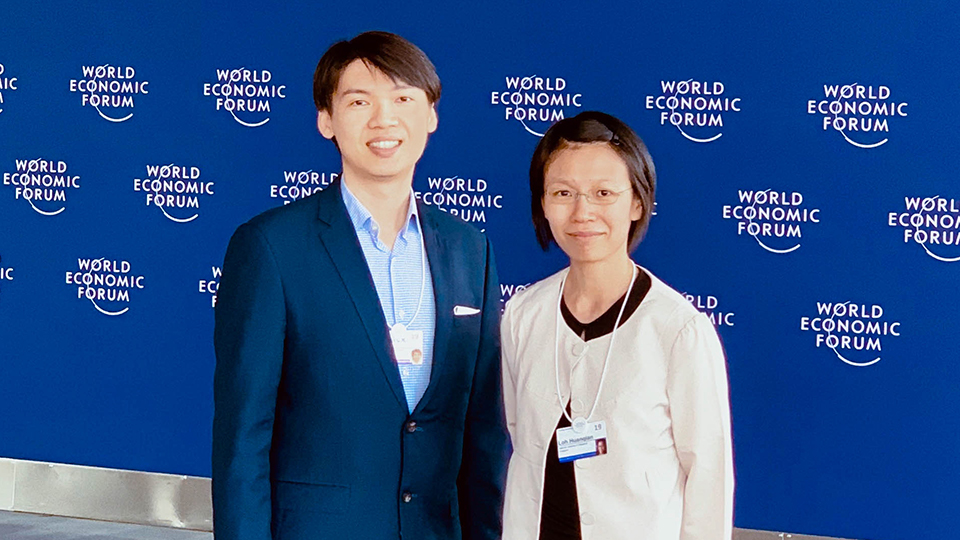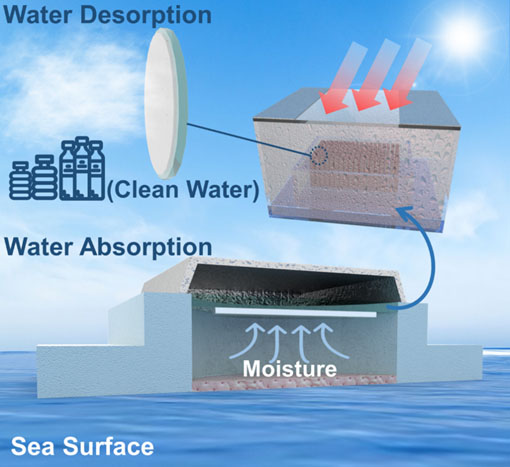A Mechanoresponsive Phase-Changing Electrolyte Enables Fabrication of High-Output Solid-State Photobioelectrochemical Devices from Pigment-Protein Multilayers.

Natural photosynthetic proteins have many attractions as materials for new solar technologies but they also have limitations in terms of stability. Solid state architectures have the potential to overcome these limitations but it had been challenging to fabricate effective interfaces with monolayers of pigment-proteins under non-denaturing conditions. In searching for a solution to these challenges, A/Prof. Tan and his team have been exploring the use of gel phase electrolytes in which thiolate/disulfide species are housed in a plastic crystalline succinonitrile matrix. The team has discovered that this material changes phase to a liquid on sonication and self-recovers to a gel on rest. This mechanoresponsive behavior facilitated easy permeation of electrolyte through the protein multilayers enabling fabrication of solid-state photo-bioelectrochemical cells.
Using proteins from engineered photosynthetic organisms the team was able to fabricate devices in which different layers played well-defined light harvesting (antenna) and charge-separation (transducer) roles, with clear evidence of directional energy transfer. Their recent article in Advanced Materials chronicles the ‘satellite dish effect’ in the bioelectrochemical devices whereby an array of natural light harvesting ‘antenna’ complexes absorb light from a wide expanse and concentrate the excitonic energy to the base protein that acts like an ‘energy trap’.
This work has been published in Advanced Materials.





